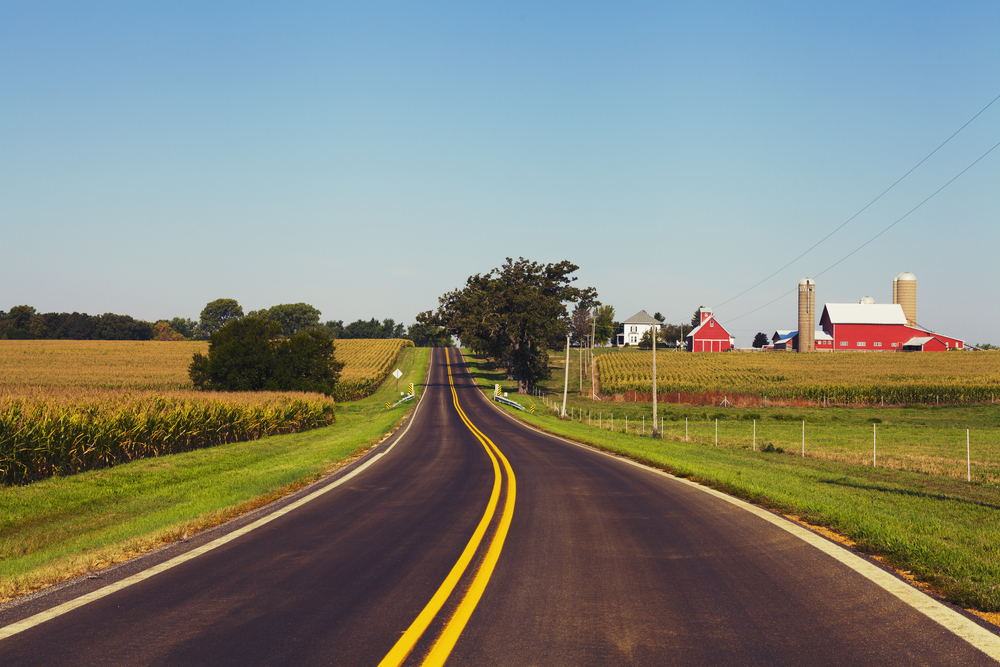Small Town Seniors
Limited Care Options
With over 20% of older Americans living outside major cities, rural senior living providers face unique challenges and untapped opportunity In small towns across the country, senior citizens face a trio of challenges as they transition into retirement: lower than average incomes, few housing options, and a shortage of services. As aging baby boomers put […]
